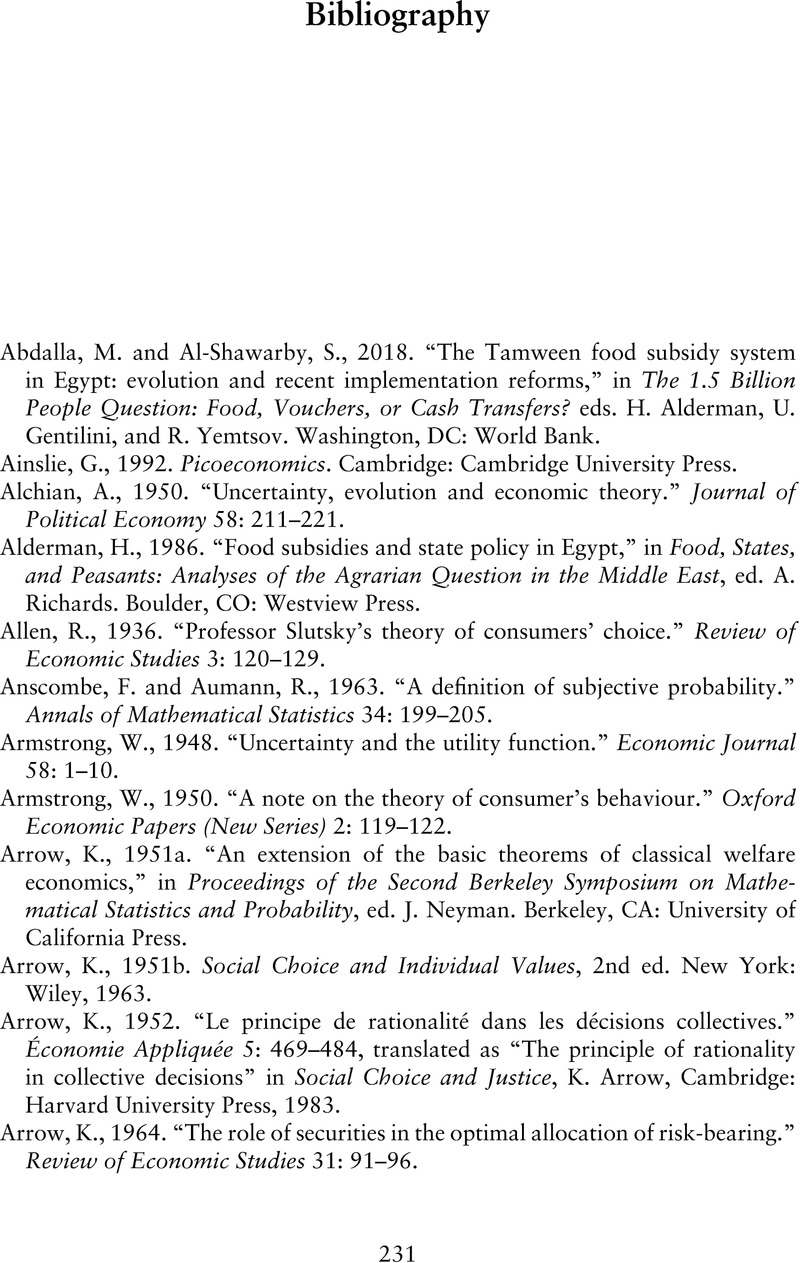Bibliography
Published online by Cambridge University Press: 02 January 2025
Summary

- Type
- Chapter
- Information
- Economics without PreferencesMicroeconomics and Policymaking Beyond the Maximizing Individual, pp. 231 - 240Publisher: Cambridge University PressPrint publication year: 2025

